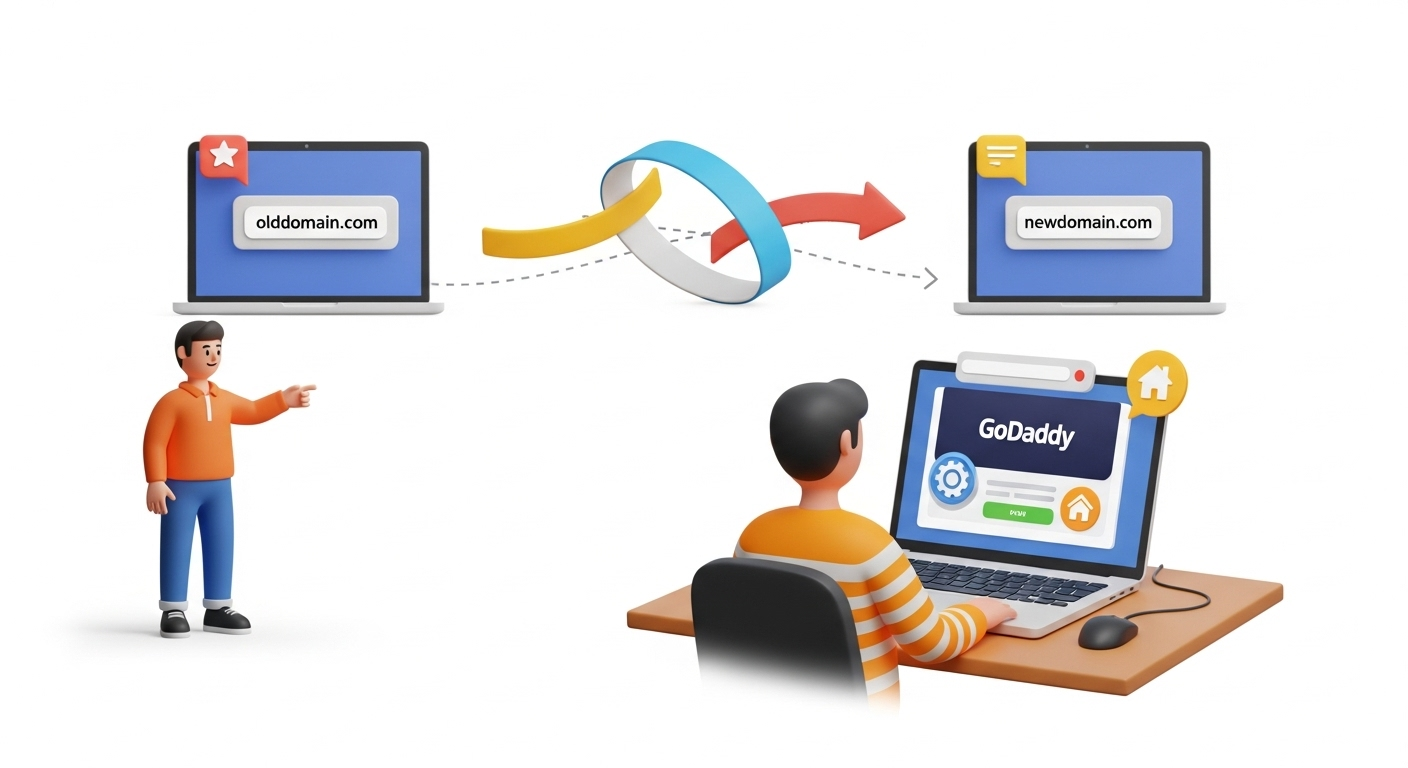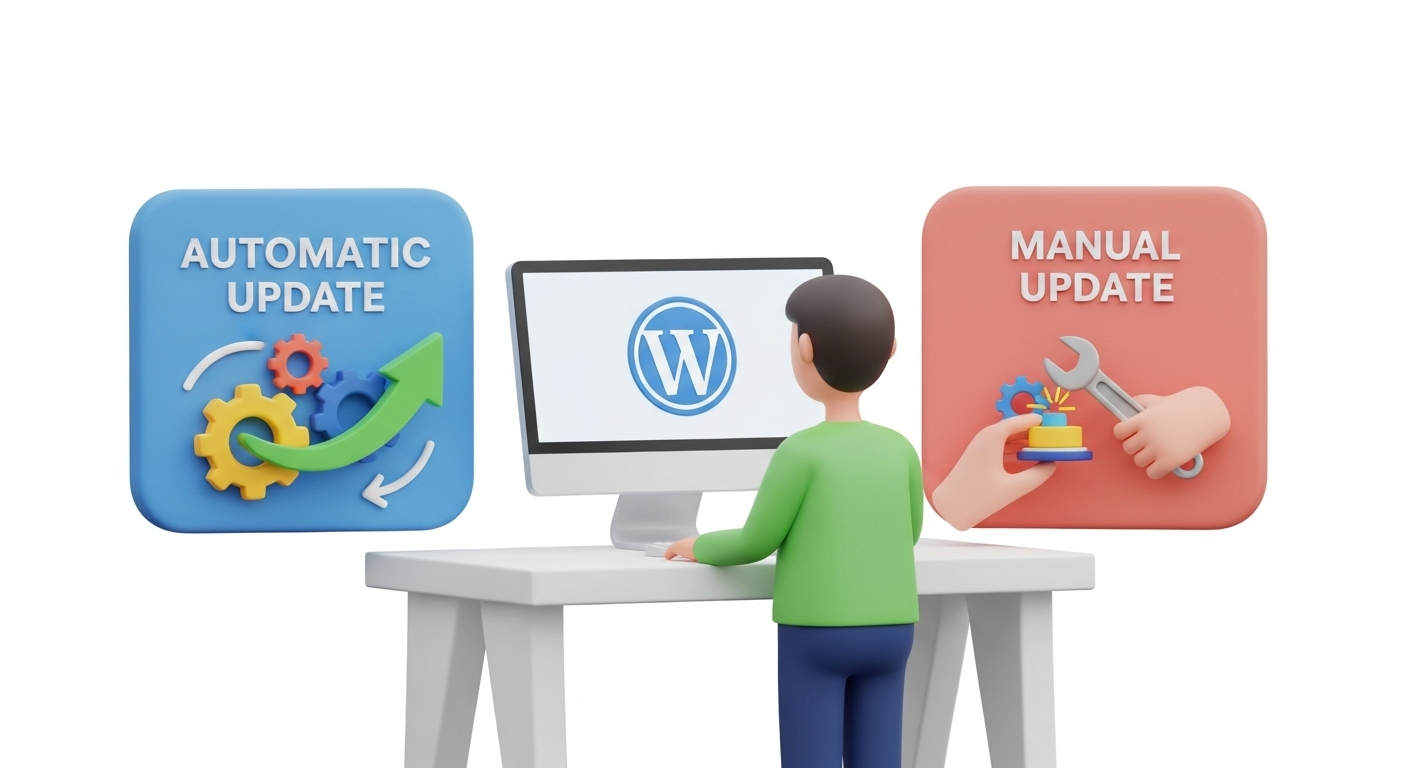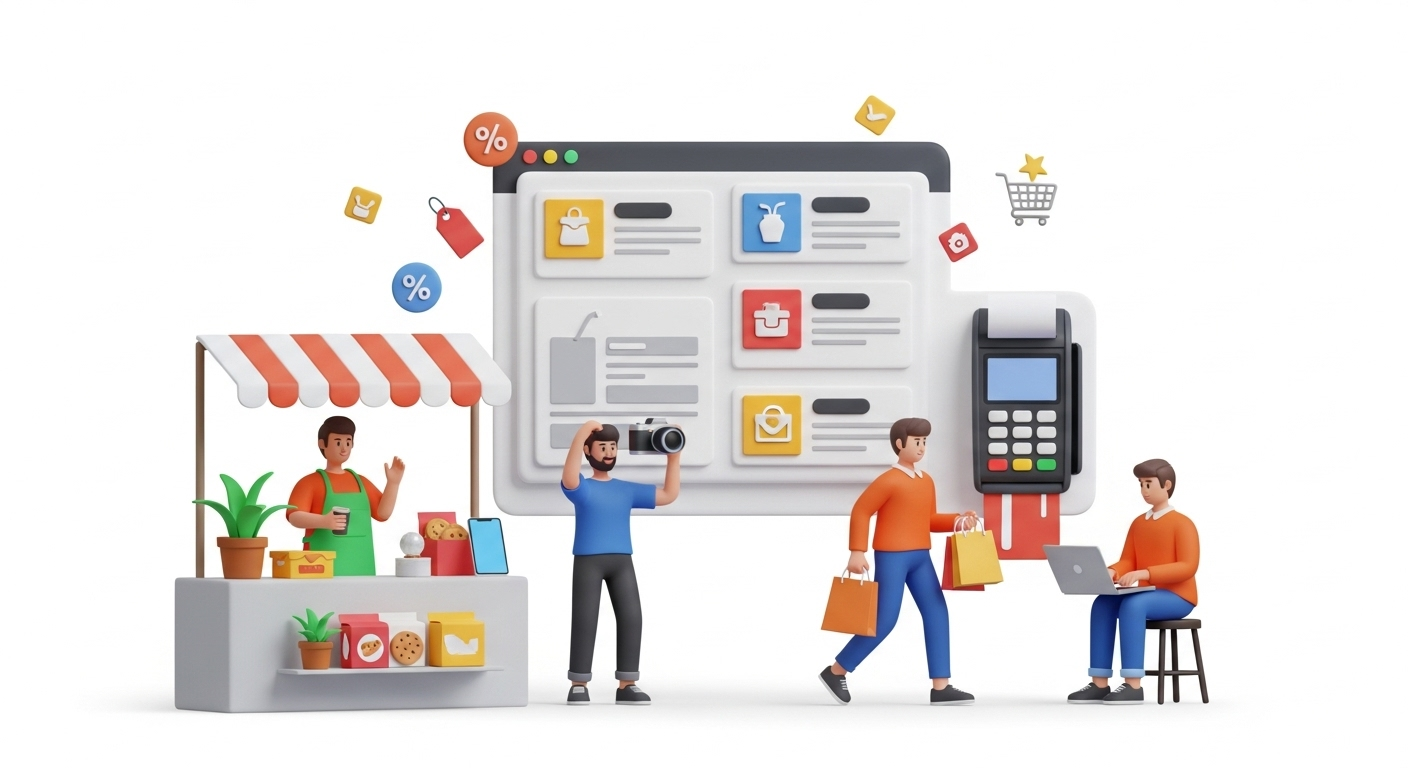Shopify is one of the most popular eCommerce platforms today — but that doesn’t mean it’s the perfect fit for every business. As the landscape shifts in 2025, some online store owners are exploring Shopify alternatives, with Wix emerging as a top contender.
So, is a Shopify to Wix switch worth it? And how can you migrate your eCommerce site without losing valuable data or SEO?
Let’s explore the pros and cons — and walk through a step-by-step Shopify to Wix migration guide.
Why Consider Moving from Shopify to Wix?
While Shopify excels in many areas, some merchants are now choosing ecommerce transfer from Shopify to Wix due to:
✅ 1. Lower Costs
Wix’s pricing is generally more affordable, especially for small businesses. There are fewer third-party app fees compared to Shopify’s monthly + app model.
✅ 2. Drag-and-Drop Design Flexibility
With Wix, you can design pixel-perfect websites using its intuitive drag-and-drop editor — no coding required. This is a major benefit for stores where branding and content presentation matter.
✅ 3. Native Features Included
Wix includes features like:
-
Booking systems
-
Contact forms
-
Galleries
-
Social integrations
…without needing to install extra apps like you would in Shopify.
✅ 4. Simplicity for Small Stores
If you’re running a local business, a service-based brand, or a content-driven store with a modest product lineup, migrating from Shopify to Wix may offer simpler long-term management.
⚠️ Drawbacks of Shopify to Wix Migration
Despite the benefits, make sure to weigh the trade-offs:
| Concern | Details |
|---|---|
| eCommerce Depth | Wix lacks advanced inventory or B2B capabilities |
| Global Scale | Limited shipping and payment flexibility for international sales |
| App Ecosystem | Fewer integrations vs Shopify’s tens of thousands of apps |
| Performance |
Shopify may handle larger product catalogs and traffic spikes better |
In short: Wix works best for simpler online businesses, while Shopify remains the go-to for high-volume or complex stores.
How to Migrate Your eCommerce Site from Shopify to Wix (Step-by-Step)
If you’re confident in switching platforms, follow this proven Shopify to Wix migration process:
Step 1: Plan Your Shopify to Wix Switch
-
List all the data to move: products, images, categories, prices, customer records, orders
-
Check which Shopify apps need Wix equivalents
-
Set up a Wix Business eCommerce plan
-
Create a Wix staging site for testing
Step 2: Export Data from Shopify
Use Shopify’s export tools to download:
-
Product CSVs (make sure to include images and variants)
-
Customers and orders
-
SEO metadata (meta titles, descriptions)
-
Blog posts and content (optional)
✅ Pro Tip: Shopify doesn’t export everything neatly — review custom fields and metafields manually.
Step 3: Import Data into Wix
Wix does not offer a direct Shopify import — so to transfer your store from Shopify to Wix, you have two options:
Option A: Manual Import
-
Use Wix's Product Manager to import products via CSV
-
Recreate content and layout manually
-
Adjust product variants, pricing, and inventory
Option B: Use a Migration Tool like Cart2Cart
-
Tools like Cart2Cart or LitExtension support partial automation of the Shopify to Wix migration
-
They can move products, customers, and orders more accurately
-
Some fields (like SEO) may still require manual cleanup
Step 4: Rebuild Pages and Storefront Design in Wix
-
Recreate homepage, About, Contact, and collection pages
-
Use Wix SEO-friendly URLs and page structures
-
Replace Shopify apps with native Wix features or Velo (Wix’s custom coding platform)
️ You may need to rebuild custom features manually — plan this in advance.
Step 5: Preserve Your SEO During the eCommerce Transfer
This is critical if you want to avoid organic traffic loss:
-
Set up 301 redirects from old Shopify URLs to new Wix URLs
-
Use Wix SEO tools to update page titles, meta descriptions, alt tags
-
Submit the new Wix sitemap in Google Search Console
-
Track crawl errors, page indexing, and traffic dips
⚠️ SEO is one of the riskiest parts of migrating your eCommerce site — don’t skip this step.
Step 6: Go Live and Monitor Results
-
Test your new Wix site across devices
-
Verify checkout, payments, shipping, taxes
-
Monitor site speed and SEO
-
Announce the switch to your audience
-
Keep your Shopify plan active temporarily (don’t delete your account until you're sure everything is working)
Cost of Shopify to Wix Migration
| Item | Cost Range |
|---|---|
| Wix Business Plan | $29–$65/month |
| Cart2Cart or LitExtension | $79–$549 (depends on data volume) |
| Developer/Design Help | $200–$1,000+ (optional) |
| Wix Premium Apps | $0–$100/month |
Start with Cart2Cart’s Free Demo Migration to preview how your store looks in Wix — before committing.
Final Thoughts: Is Shopify to Wix the Right Move in 2025?
A Shopify to Wix migration won’t fit every brand — but it can make sense if:
-
You want lower costs and less reliance on developers
-
Your store has a simple catalog or content-first strategy
-
You value visual design freedom
-
You want to centralize tools like forms, blogs, and bookings
Just be sure to follow a structured ecommerce transfer plan, and protect your SEO rankings during the process.
Ready to Migrate from Shopify to Wix?
✅ Use Cart2Cart to automate product, customer, and order transfers
✅ Set up SEO redirects and test everything
✅ Rebuild only what’s necessary for your new storeTry Cart2Cart’s Free Demo Now — and preview your store on Wix risk-free.
Monthly Update – December 2025
As we approach the end of 2025, a critical trend in eCommerce platform migration is the heightened focus on data integrity and security. For stores considering a move from platforms like Shopify to Wix, a thorough pre-migration data audit is no longer optional, but essential. This involves meticulously reviewing your product catalogs, customer databases, and order histories for inconsistencies or vulnerabilities. Leveraging advanced data mapping tools and engaging with migration services that prioritize end-to-end encryption and compliance with evolving data protection regulations (such as an enhanced GDPR or CCPA) is paramount. Post-migration, an immediate and comprehensive validation of all transferred entities, including a deep dive into SEO redirects and payment gateway configurations, is crucial to prevent data loss or security breaches. The goal is not just to move data, but to ensure its perfect, secure, and compliant transfer, safeguarding both your business operations and customer trust in an increasingly digital landscape. Stay vigilant and prioritize security in every migration phase.
For more details, explore our FAQ section or schedule a call with a migration expert.






